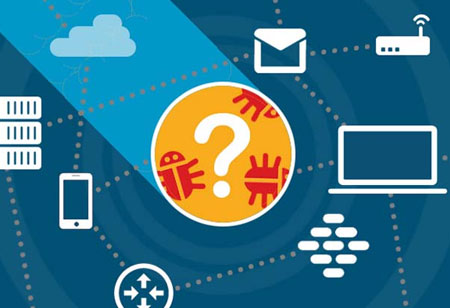We can argue strongly that the whole cybersecurity field rests almost entirely on verification of identity and control of access. Any other security element relies on the system that identifies the user and validates their permissions for different objects. Securing a server room door with a lock is as essential as securing a password for the server itself. However, there is an ample crossover between digital and physical security in modern access control systems, where entries are sometimes secured by RFID (Radio Frequency Identification), keypad, or biometric readers relying on electronic databases to verify and authorize identity. The controls are only as strong as the weakest link in such scenarios—a door can be jammed, or a database phished. Sadly, for many businesses today, this is the reality, especially legacy organizations creating the cloud transition. How can it be fixed?
Now, the majority of companies around the world (90 percent) depend on an Active Directory tool to handle IT systems and data access. However Active Directory provides businesses with an efficient way to provide employees, partners, and vendors with network access; it has never been built with security in mind, making it easy to exploit. Active Directory doesn't really secure users' digital identities, which means that by compromising the Active Directory account of a single user, hackers can gain more than just the keys to a company's treasures. Traditional security measures are no longer sufficient with the rise of cloud and APIs. In the meantime, security needs to be developed at virtually every point of contact between systems—a high order as systems become thoroughly interconnected and the complexity of the network increases.
Companies which do not solve access control are on an unsustainable path that is only becoming more complicated with time to correct. What's that hold up? Because of the poor condition and historical monitoring of systems such as Active Directory, resolving the underlying problems can lead to the temporary shutdown of key applications, both intentionally and unintentionally. So, rather than fixing the issue, they turn to vendors of cybersecurity software to help bridge gaps on top of the current system with additional security layers.
It needs knowledge and experience to select the right blend of identity and access control schemes to secure any particular system. The world of cybersecurity simply changes so quickly not to be fully capable of operating.
Check out: Top Identity and Access Management Solution Companies in Europe

 Copyright © 2025 AutoTech Outlook. All Rights Reserved | Privacy Policy | Subscribe | Sitemap | About us | Feedback Policy | Editorial Policy
Copyright © 2025 AutoTech Outlook. All Rights Reserved | Privacy Policy | Subscribe | Sitemap | About us | Feedback Policy | Editorial Policy